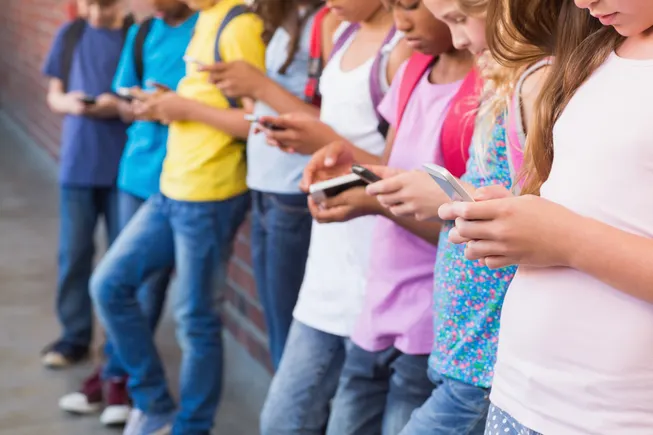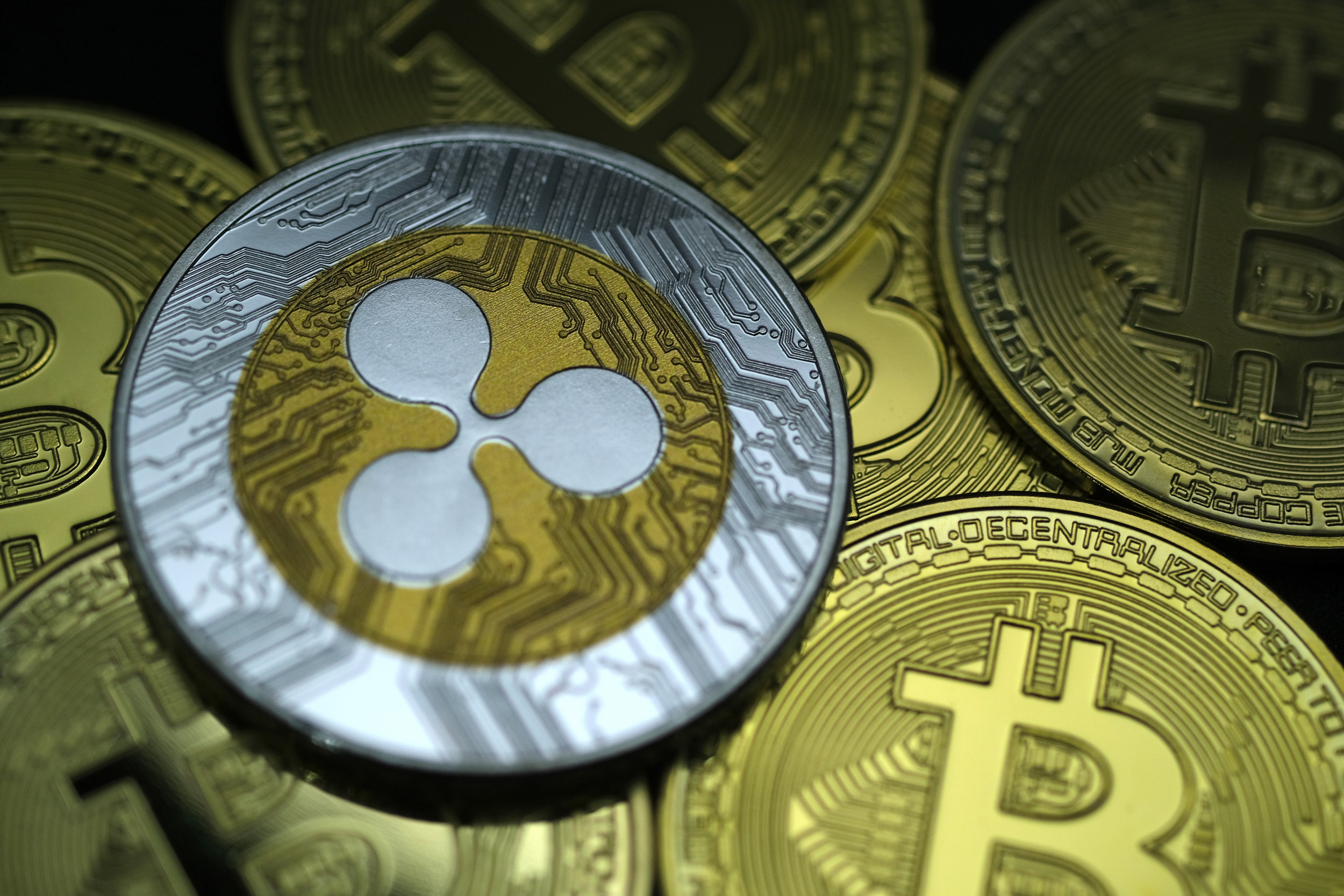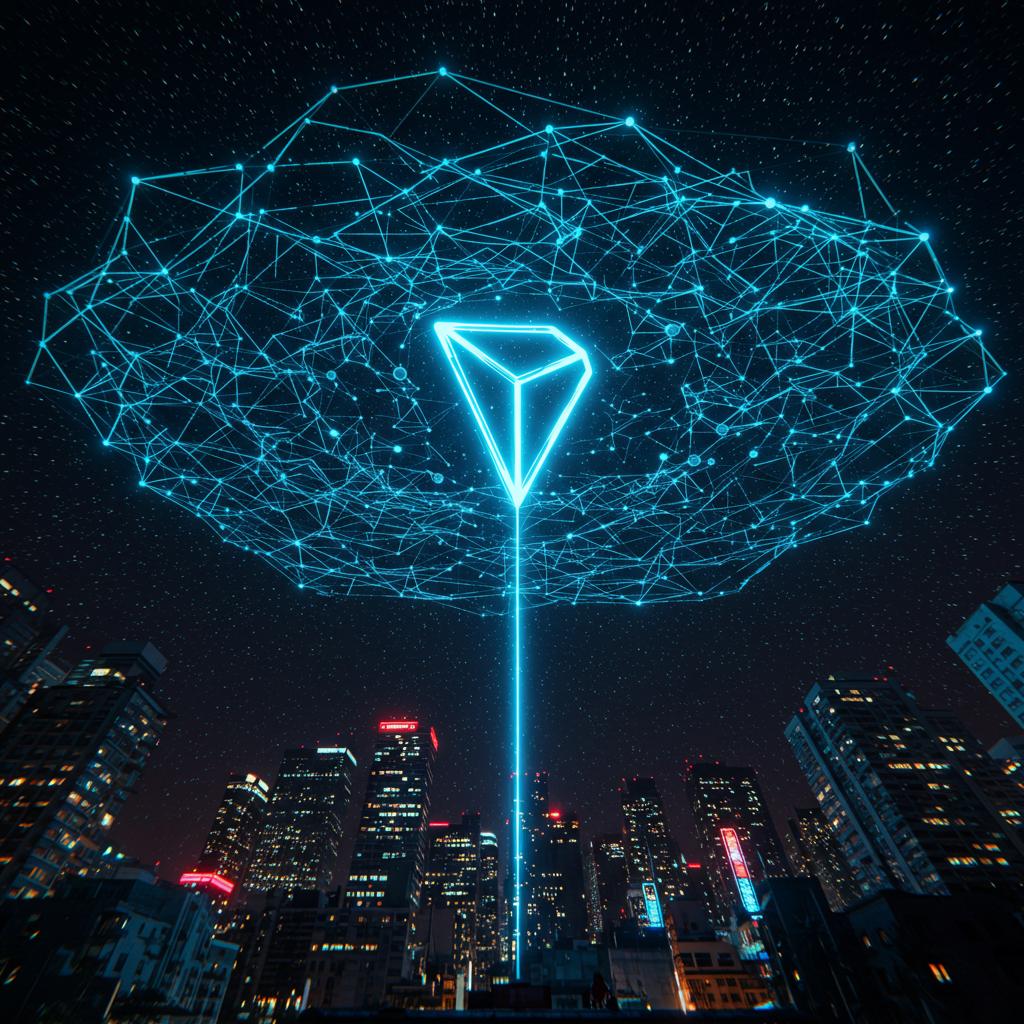How Brands Use NFTs for Marketing: Are They Really Worth The Hype?
According to Hubspot Blog Research on content and media planning, 14% of media planners currently leverage non-fungible tokens (NFTs).
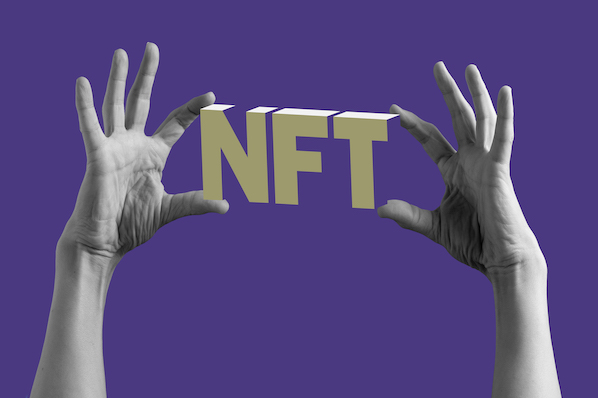
According to Hubspot Blog Research on content and media planning, 14% of media planners currently leverage non-fungible tokens (NFTs). Conversations surrounding NFTs and Web3 have risen in the past year and continue to pique marketers’ interest. In this article, we’ll cover what NFTs are, how brands are using it, and if it’s worth the investment. An NFT, or non-fungible token, is a digital asset with a unique signature that lives on a blockchain and can be anything from artwork and music to collectibles and videos. It holds a speculative value – determined by the community – and can be exchanged or traded without fear of duplication. So, how exactly do they work? Well, when an NFT is created, also known as "minted," it can represent tangible items like art and clothing and non-tangibles like music, videos, and images. For instance, Twitter’s founder, Jack Dorsey sold his first tweet for $2.9 million in 2021. Who determines the value of the item in question? The community. Unlike real-world or cryptocurrency, an NFT’s value is speculative. What makes NFTs so popular is that they represent the decentralization of power from the few to the many. This is particularly valuable for creators who have historically relied on third-party platforms like Spotify, YouTube, and Instagram to share their content and gain from it. NFTs put the power back in the hands of the community by letting them decide what’s popular and incentivizing them to support what they like. They're so popular in fact that Open Sea’s Alex Atallah, the cofounder of the largest NFT marketplace, recently shared on Twitter that there are more NFTs on the platform than there were internet pages in 2010. 1/ There are now more NFTs on OpenSea than there were websites on the internet in 2010. Very soon, NFTs will outnumber websites, maybe even webpages. This growth has major implications for how we should index NFTs... For context, the platform houses over 250 million searchable NFTs. In 2010, there were roughly 200 million websites. Let’s see what this means from a marketing perspective. Lomit Patel, senior vice president of growth at Together Labs, recently shared on LinkedIn that he believes NFTs are doing today what social media did in 2010 – drastically improve their potential for brand awareness and audience reach. NFTs are disrupting the current marketing landscape and prompting brands to find innovative ways to incentivize their audience to engage. "We’re moving to a market-based society where everything is going to be ownable, priceable, traceable — everything — and NFTs is just a fancy way to do that and create the marketplace around it," said HubSpot’s CMO Kipp Bodnar on an episode of the Marketing Against the Grain podcast. Because it’s so new, it’s a way to build buzz around your brand. Let’s look at one brand that’s already doing this: Norwegian Cruise Line. To celebrate the launch of Norwegian Prima Class, a new class of vessels, the brand collaborated with an artist to create six NFT art pieces. Each piece has been put up for auction, with the first starting at $2,500 and the proceeds will be donated to Teach For America. In a press release, the brand shared that they chose to celebrate the launch using NFTs because it’s cutting-edge technology, which reflects how they approach their products and services. By doing this, Norwegian leveraged the buzz surrounding NFTs (basically newsjacking) to create buzz surrounding its launch. NFTs also allow brands to better incentivize their audience through exclusive content and shift the focus to community building. In March 2022, beverage company Anheuser-Busch hosted an #NFTBeerFest event at its flagship brewery reserved for holders of specific NFTs from Budweiser, its child company. Those who bought either a Budweiser Heritage Can NFT or Royalty Collection NFT reportedly enjoyed free beer, tours, giveaways, and performances at the event. Having access to exclusive content is exactly the sort of incentive that marketers can leverage. They already do so through gated, premium offers, this is just another version of it. "In the future, really understanding incentives is going to be a marketer’s core skillset to acquire customers," said HubSpot’s SVP of Marketing Kieran Flanagan on an episode of the Marketing Against the Grain podcast. (Check out this roundup for a detailed list of how brands have leveraged NFTs.) An NFT can cost anywhere from $1 to $900, according to a Yahoo report. It varies greatly depending on the blockchain you use, the size of your data, gas fees, and other factors. The biggest drawback of minting and using NFTs is the environmental impact. You may be thinking, "It’s a digital asset, how does that affect the environment?" Well, the creation of an NFT consumes a great deal of energy (electricity) – depending on how complex it is – and can emit devastating amounts of greenhouse gas emissions. Some creators are finding more sustainably conscious and less energy-intensive ways of minting NFTs. However, there is still limited data to validate these efforts. Another con of using NFTs is that there’s still so much we don’t know. Similar to cryptocurrency, it’s subject to a lot of volatility as it is not regulated by any particular entity. In addition, they don’t hold specific value, leaving you at risk to lose your entire investment. From a marketing perspective, many consumers are still confused and skeptical about it, making it difficult to entice them. This is usually what happens with any new technology – early adopters face the brunt of the impact while late adopters learn from their predecessors’ mistakes. NFTs can be a difficult sell to brands because they’re risky. It’s unclear what the future holds and it’s a bit too early to judge their impact on a large scale. What we do know is that many of those who do use it have seen a lot of success. In fact, 39% of those who use NFTs say they have the best ROI of any channel in their media mix, according to HubSpot Blog Research. For many marketers, it’s still an undiscovered territory, with 16% surveyed saying they plan to use NFTs for the first time in 2022. "How you think about acquiring customers and the cost of doing that is greatly changed when you’re using different incentives through tokens to build your business," said Flanagan. He adds that through Web3 and NFTs, brands get more trackable incentives. So, whether this holds value will depend on the brand and goals. However, one thing is for sure: It’s definitely worth keeping an eye on.What's an NFT?
How Brands Use NFTs for Marketing [+ Examples]

How much do NFTs cost to make?
Cons of Using NFTs
Are NFTs Worth Your Marketing Investment?
Originally published May 9, 2022 7:00:00 AM, updated May 09 2022

 Fransebas
Fransebas 









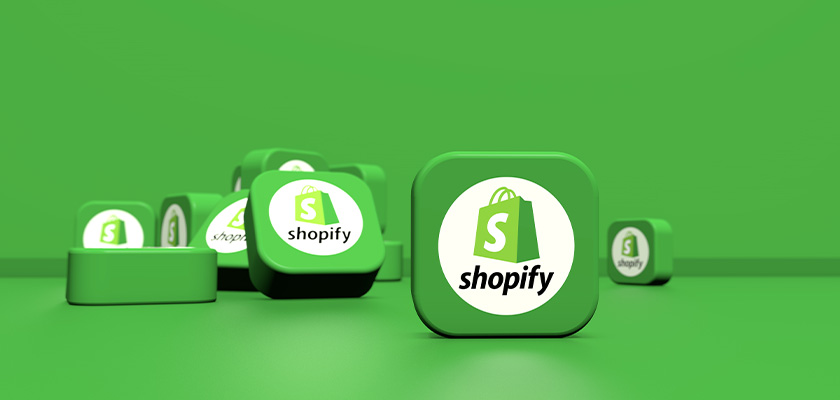

![50 Video Marketing Statistics to Inform Your 2022 Strategy [New Data]](https://blog.hubspot.com/hubfs/marketer-uses-data-to-create-videos%20%281%29.jpg#keepProtocol)










